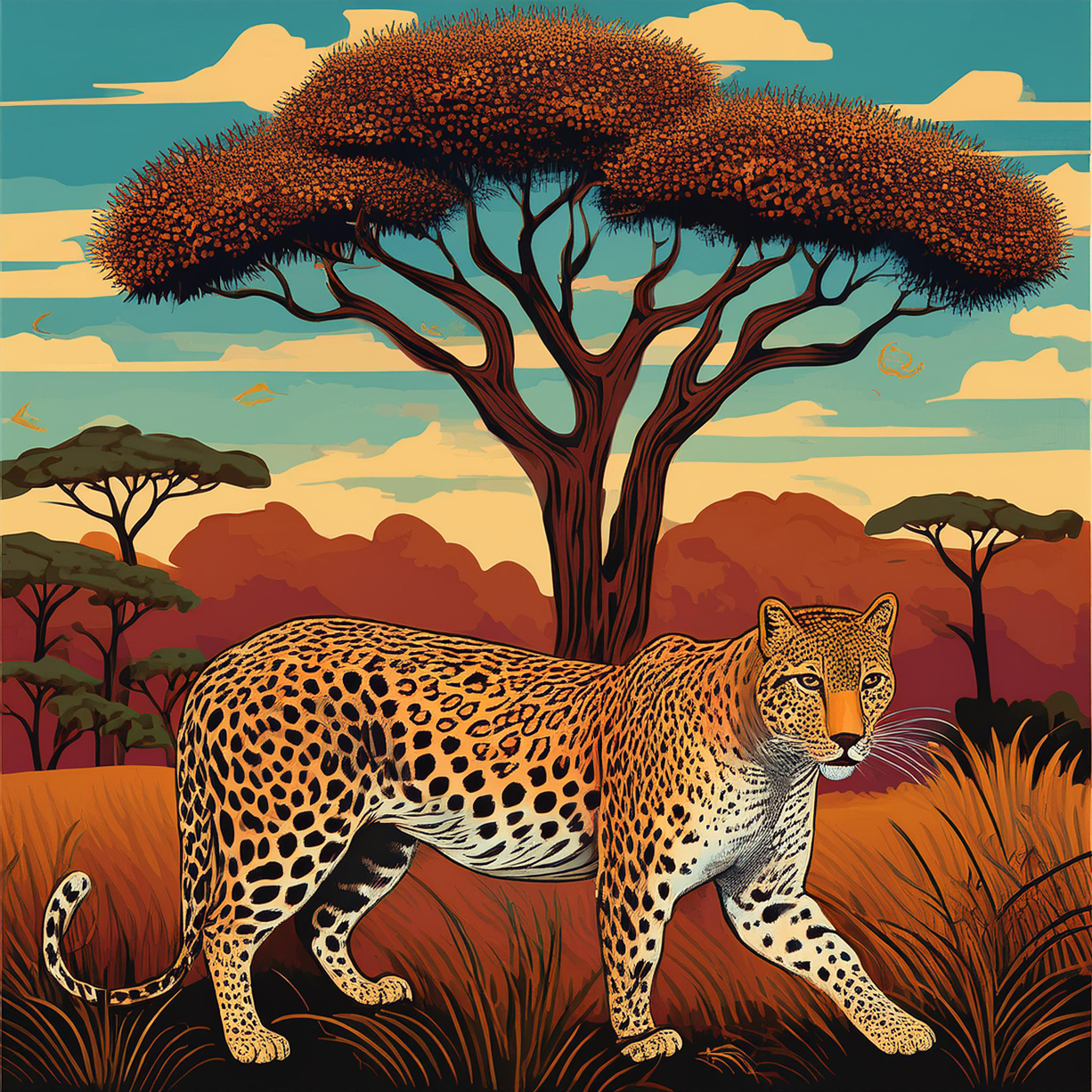The next day Jean and Omu continued working on their vaccine design and experimental plan. They combed through details and picked the best reagents, created a budget and formed a timeline. The vaccine was a DNA vaccine that encoded surface proteins for measles. DNA vaccines were a new technology that was still under investigation. The goal was to develop a new DNA vaccine that could replace the older attenuated measles vaccines. The attenuated vaccines used small amounts of the live virus to create an immune response in people and destroy the virus before people became sick. They saved the lives of millions.
However, even the small amounts of live virus in the vaccines could have serious side effects, particularly for those who had a compromised immune system. For example, a person ill with cancer has a compromised immune system. Exposure to measles or the side effects of the attenuated vaccine could be fatal or make them critically sick. The DNA vaccines are safer with few side effects. Those with cancer, or other serious illness, could receive a DNA vaccine safely with no risk.
Because DNA vaccines were a new technology Jean gave a scientific presentation on her previous research on DNA vaccines during a working lunch. The local scientists were intrigued by this new vaccine modality and asked many questions.
After a busy morning, Omu suggested a walk in the forest next to the Primate Center.
Jean liked this schedule – hard work followed by a relaxing walk in nature. She did not plan for the hike today and she worried about not being dressed appropriately for the forest. As a sign of respect to her new colleagues, and because she had a penchant for fashion, Jean had worn a skirt, jacket and high heels for the presentation. Omu told Jean not to worry. It was a sunny afternoon as Omu took Jean and her new colleagues into the dense forest. As she carefully navigated the rugged terrain, she marveled at the vibrant flora, the sounds of the canopy swaying from a gentle breeze and exotic birds chirping and squawking.
As Jean stepped over tree roots, careful not to catch her heels, she wondered why her new scientist friends kept warning her about the leo-pod. “We need to be careful,” they said, pointing to scratch marks on the Muhugu trees. “The Leo-pod can deposit their scent via scratching.” Jean never heard of a leo-pod. One of her coworkers described the area and pointed to specific trees. “The Oloolua Forest is a tropical dryland forest, that’s why the trees are not tall,” she explained.
But what’s a leo-pod, Jean wondered.
The group approached a clearing, surrounded by trees and a menagerie of wildlife. As Jean became more enchanted with the sights and sounds, her high heels sank into the soft earth, making it a challenge to maintain her balance. She fell and tried to regain her footing when she felt a slight movement behind her.
She turned.
There was a leopard staring at her!
Time stood still as they locked eyes, each trying to comprehend the other’s prLesence. The other scientists all started yelling at once. The leopard was surprised and sprinted in the opposite direction.
Jean now understood that leo-pod was a leopard. She stood up, brushed the dirt off her skirt and thanked everyone for saving her. Omu said, “Well, we can’t have you eaten up before we finalize our vaccine.”
Everyone laughed and they headed back to the safety of the lab.
